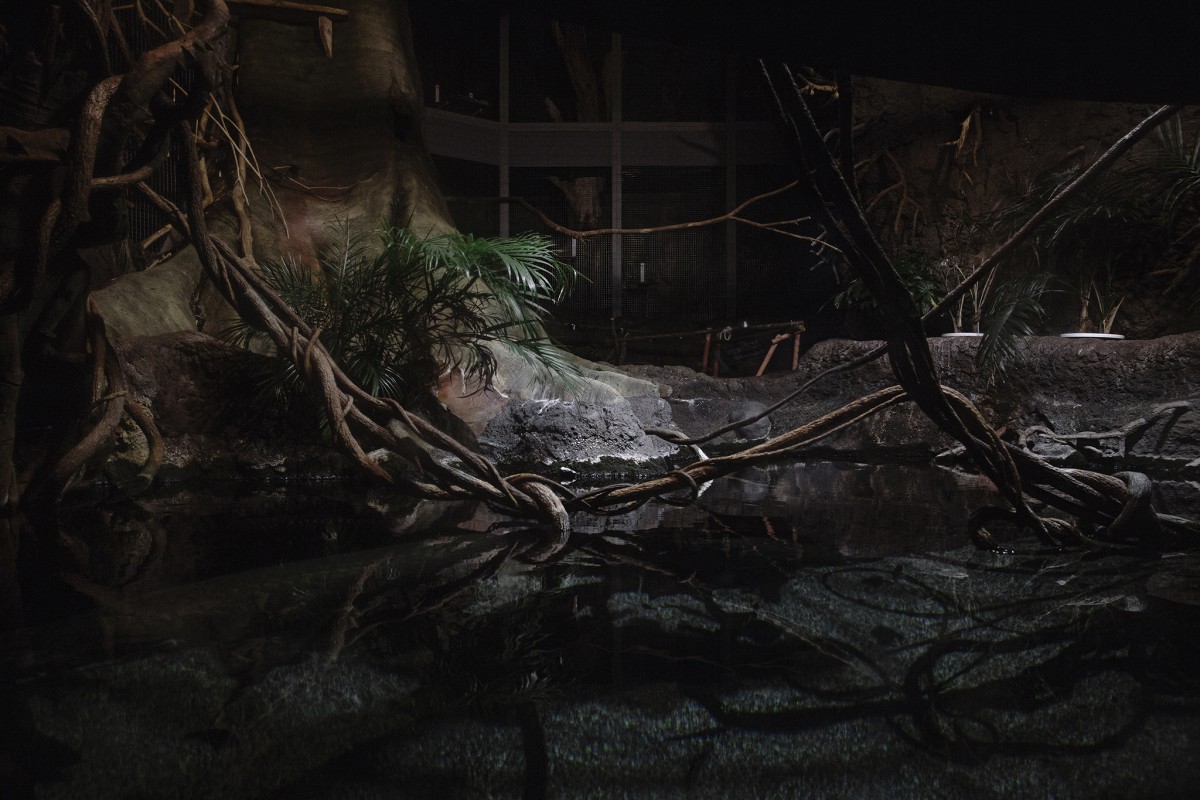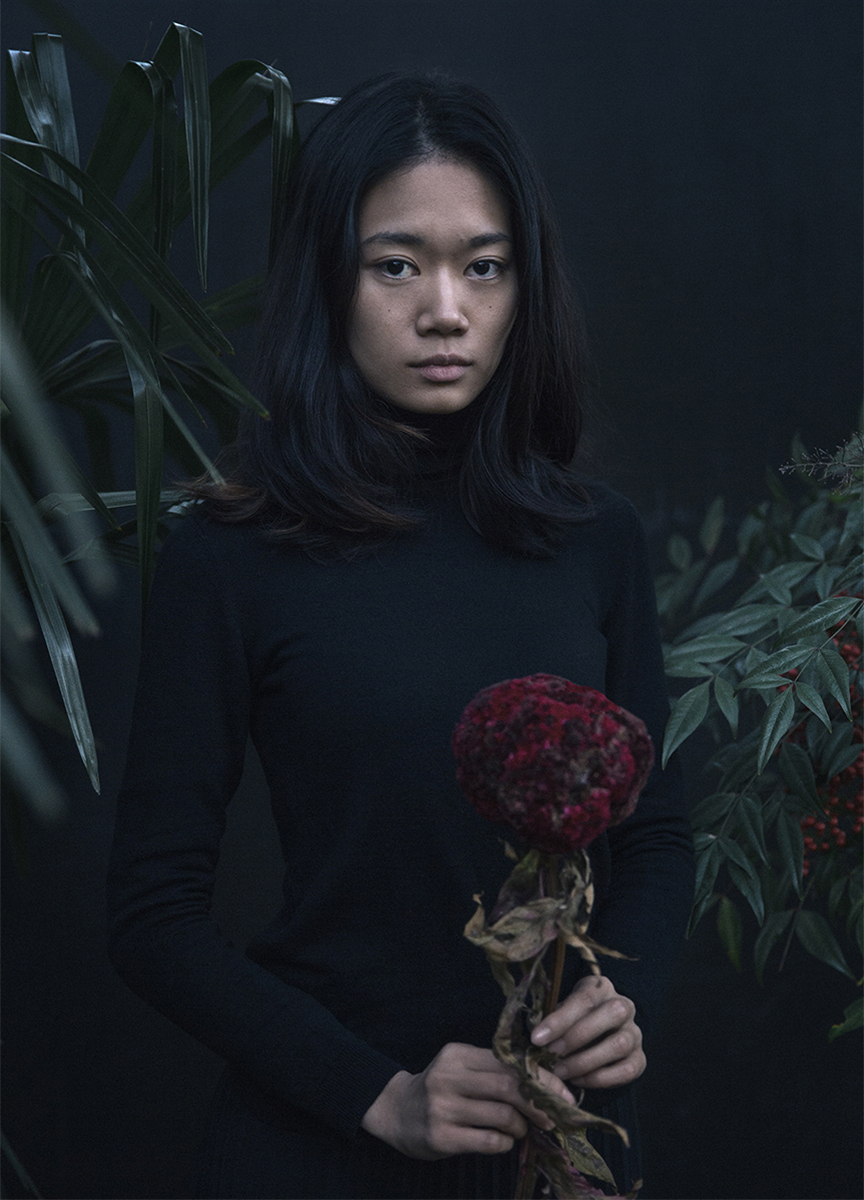Primarily working in photography and video, Carlos Jimenez practice focuses on the analysis of what an image represents and what it is telling us about our position as viewers. Working across fiction and documentary, building narratives through the construction of highly staged photographs of actors and/or real scenarios populated by non-actors. The representation of the real and its further reconstruction are key elements of his field of enquiry. These fictional images sit alongside documentary work to produce narratives where the line between realism, fiction and the theatre of life is blurred, questioning his white male western perception of the “other” and himself. In researching power, control, gender and their performativity Jimenez has structured a body of work that plays upon the artifice of the traditional models of hierarchy, the white male position and its translation into imaginary. Concepts such as otherness, dualities, exoticism and sexuality are recurrent themes in his work.
In grouping, constructing and reframing these images, Jimenez attempt to offer new narratives. The juxtaposition of images help to build up an analysis of how those narratives have been influencing western ways of seeing, becoming so much the norm as to appear almost invisible. Carlos Jimenez was born in Villacarrillo, south Spain in 1981. He lives and works in London where he graduated in photography at the Royal College of Arts in Photography in 2015. Carlos has been awarded the Labyrinth Award for his show at the Royal College Show 2015. Residencies and Awards include the RCA Kyoto University exchange grant (Japan) 2014, Cité Internationale des Arts Residency (Paris) 2014, St. Giulia FilmLab Award 2013 and Nordic Culture Point Award 2008.


Ricardo Nagaoka: Hi Carlos, thank you so much for jumping onboard with us! Before we start talking about your work, I see that you recently attended RCA’s Photography program. What was that like?
Carlos Jimenez: Hi Ricardo, it´s my pleasure talk to you. It was very intense, I don´t think any of us really enjoyed it 100% while we were doing it. After it’s over everything makes sense but when you are within the academic world it is quite a brutal experience. Somehow it felt like a beginning to me.
RN: Ah yes, that must’ve been an incredibly transformative experience for you, both as a person and an artist.
CJ: Indeed. it is more like questioning yourself as a creator and that is very demanding psychologically. Being in constant criticism is hard to handle sometimes, but it creates a very solid self awareness of your own practice.


RN: I can imagine, it’s almost as if you had to break down and rebuild yourself multiple times. Jumping into your body of work, the struggle seems to have paid off quite well. Your images fascinate me in their critical perspective on the western male gaze, a topic we hear a lot from a myriad of contemporary artists, but not often enough from people who identify themselves as being a white, western, male. Would you like to elaborate on how you first arrived to this critical standpoint?
CJ: You are right, it was a process of rebuilding my practice all the time. During that process I started to focus on what was my approach to photography, why I was making the images I was making, and I got interested on my default position as member of the group you just described. Somehow I felt there was an “otherness” that talked to me about the group I am part of, and at the same time I didn’t feel representative of myself. I started to analyze the concept of my own male gaze and the mechanisms of which I wasn’t relatively aware of. I have been working with dualities for a long time and reflecting on my own societal group as an insider/outsider helps me to understand my own position.
RN: I completely empathize with your stance as a foreigner within your own cultural background, which I believe is becoming increasingly common in the fast paced globalization we are observing today. This relationship between you and the “other” is ever present in your images; the space between the photographer and their subject, the viewer and the image, is constantly questioned, challenged, and deconstructed. There is also a strong presence of commercial imagery and its constituents, what brought you to this genre of imagery?


CJ: I was creating images in a very linear way, and what I mean by linear is that I wasn’t necessarily looking back or creating different arrangements between them. I started to get more free about how to build my work and less rigid about the traditional format of a “series”. I think it was at that moment when I became interested in the relationship between the observer and its subject. I felt like I released some tension in my work. I was much more free to play with genres like fiction or documentary without having to stick to any in particular. And I think that also helped me to not be afraid of creating images that could be considered “commercial” based on their looks. We have become quite well-versed about those types of images, but there’s still something very interesting to play with them in an unexpected way. I guess I use them because they helped me to put an extra layer of meaning. I also work commercially and I enjoy the construction of a well rendered image as a practice.
RN: The eclectic nature of your images is definitely visible, and it’s quite enjoyable to see the melding of these different strategies you use. I would love to know more about this strategy of combining the real and the fictive: how do you see it operating within your body of work?

CJ: It is something I am still defining. As I said, I am more confident with this particular approach than I used to, but I still see it as a long process I somehow started not so long ago. I like to think that the ideas I am exploring are present regardless of the fictional or documentary nature of the images. Creating images that are challenging our notions of what is documentary and what is fiction is the area I’m interested in. It is not an easy methodology as I think photography sometimes operates in defining categories, but I am pleased when people see my eye behind my body of work. Not sticking to only photographic fiction or documentary, that at times doesn’t look documentary, is also very interesting for me as I am able play with the viewer. I like to work with professional actors and at times non-actors; there is something interesting in putting both images together.

RN: You created a physical installation for your project in Japan, which was a fascinating method of displaying your images while going back to that inherent questioning of the viewer’s relation to the image. What was your thought process behind that piece?
CJ: For me the presentation of my work is another part of my ideas. I normally show my images in a conventional way, framed on the wall and so on. But as my work plays with the subject and the position of the viewer I try to put a proposal that works with those ideas in the display as well. I also try to incorporate the making of sets and stages which is something that I really enjoy per se. In Japan I wanted to emphasize the somehow rigid approach that I found Japanese culture has towards nature, its artifice, its theatricality though a proposal which obviously was very theatrical itself. I photographed a representation of a natural environment in an aquarium and showed it as it was a piece of set design. It also was showed with a text about that topic and its relation with masculinity. I see it as adding more pieces to the project. I am a photographer but I like to put extra elements which are not necessarily photographic. At the RCA Summer Show I created a room you could not access but could only see through the space in between walls. That helped me to somehow escape the limitations of photography.





RN: It’s great to see a physical manifestation of your ideas in architectural spaces, I hope there’s more to come!
CJ: Thanks, I hope so too. I like to brainstorm about my images and how I would like to show them and that process also helps me to shoot new ideas, so maybe it is a process I use to build new interests.
RN: Well thank you so much for your time, and I hope the best for you and your future creative endeavors!
CJ: Thanks to you for your interest, its been a great talk.

To see more of Carlos’ work, check out his website.